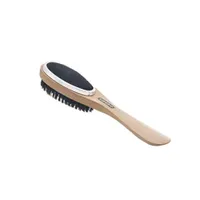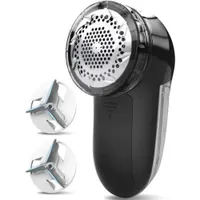How to remove lint from clothes – and restore them to their former glory
These six home solutions for removing lint ensure your clothes look perfect every time you leave the house

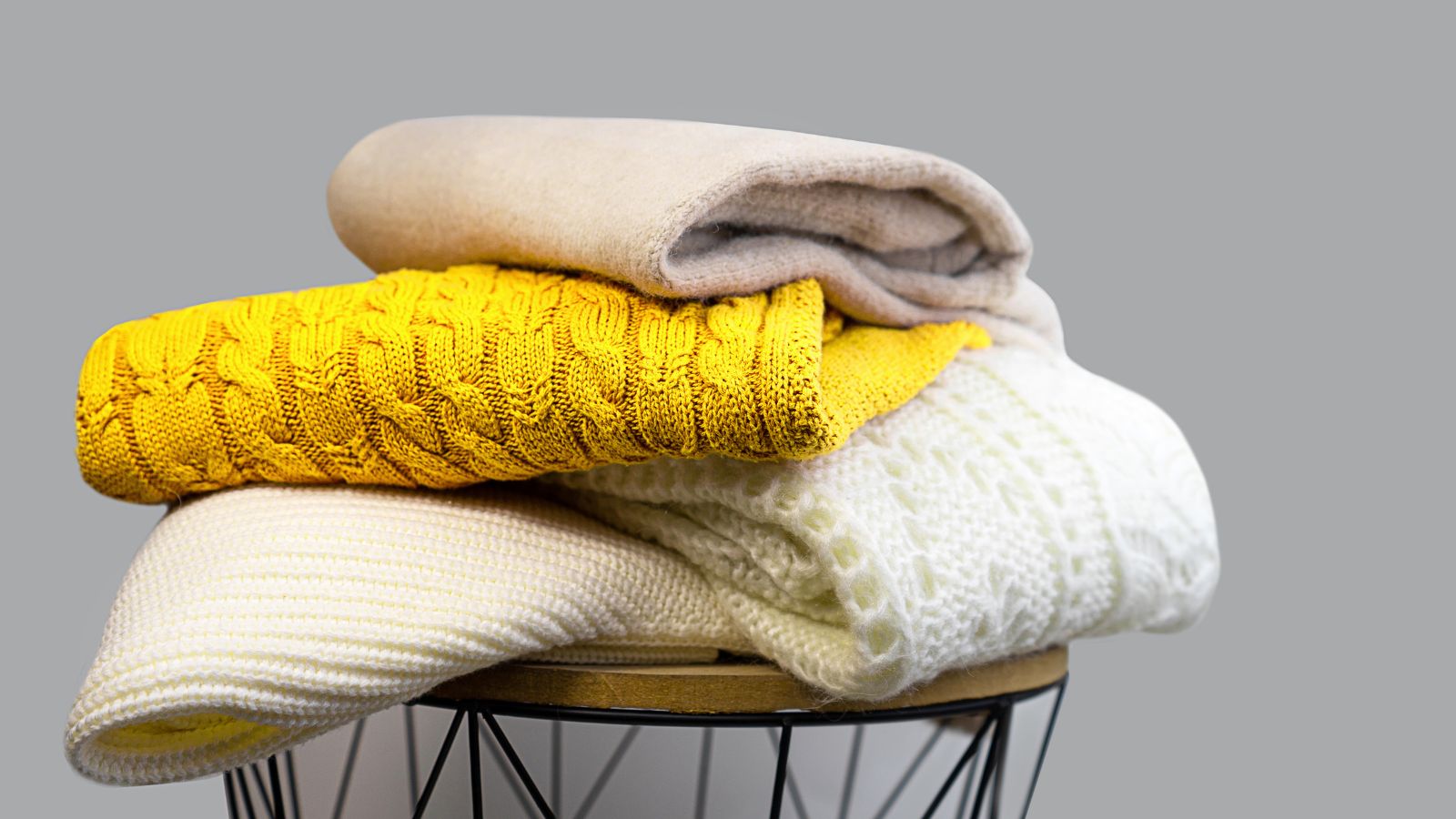
There is nothing worse than small bobbles and pilling ruining a favorite sweater, but anything we wear enough is susceptible to gradual wear and tear.
Whether you are stuck without a lint roller or your roller has seen better days, there are various home remedies you can use to remove lint from clothes after doing laundry.
Here, we explore six ways experts get lint balls off clothes with minimal effort, to help flawlessly restore your well-worn pieces.
How to remove lint from clothes
There is a difference between lint and pilling, although the two terms are often confused. Lint on clothing is made up of small bobbles of broken fibers that have come loose from woven fabrics and settled on the surface of your garments. Pilling, on the other hand, is when small knots of broken fibers form on your clothes or upholstery and remain attached. Because of this, lint is typically easier to remove.
Here is how to deal with both lint and pilling.
1. A commercial lint roller or brush

If you frequently need to remove lint, then having a lint roller or brush/comb in your entryway or bedroom closet storage is a good idea.
‘Pilling and lint accumulation is often found on well-loved clothes and furniture, and it can be easily managed with a fabric shaver or a lint brush,’ begins Frej Lewenhaupt, CEO and co-founder of Stockholm-based clothing care company, Steamery.
Design expertise in your inbox – from inspiring decorating ideas and beautiful celebrity homes to practical gardening advice and shopping round-ups.
‘I recommend steering clear of the disposable sticky tape lint rollers as they are wasteful and leave residues of glue on the garment you’re trying to clean, he continues. ‘Instead, find a lint brush that can be used indefinitely.’
When buying a fabric comb, roller, or brush, always make sure it is suitable for the type of fabric you plan to use it on. Some materials, such as cashmere, need a particularly fine tool that will gently work the fibers and avoid snagging. ‘Always test a small, inconspicuous area of the fabric before trying any of these techniques to avoid damaging the clothing,’ reminds Andrii Gurskyi, co-founder of New York-based company, HomeClean.

Frej Lewenhaupt is the dedicated and creative Co-founder & CEO with demonstrated history of working with design which he uses to design the best, most effective clothing care devices for household use.
Superio Lint Brush for Clothes | $11.99 at Walmart
This two-sided brush has black velvet and black soft bristles that easily remove any hair, clingy threads, lint, and small fuzz balls from clothing.
2. Household tape
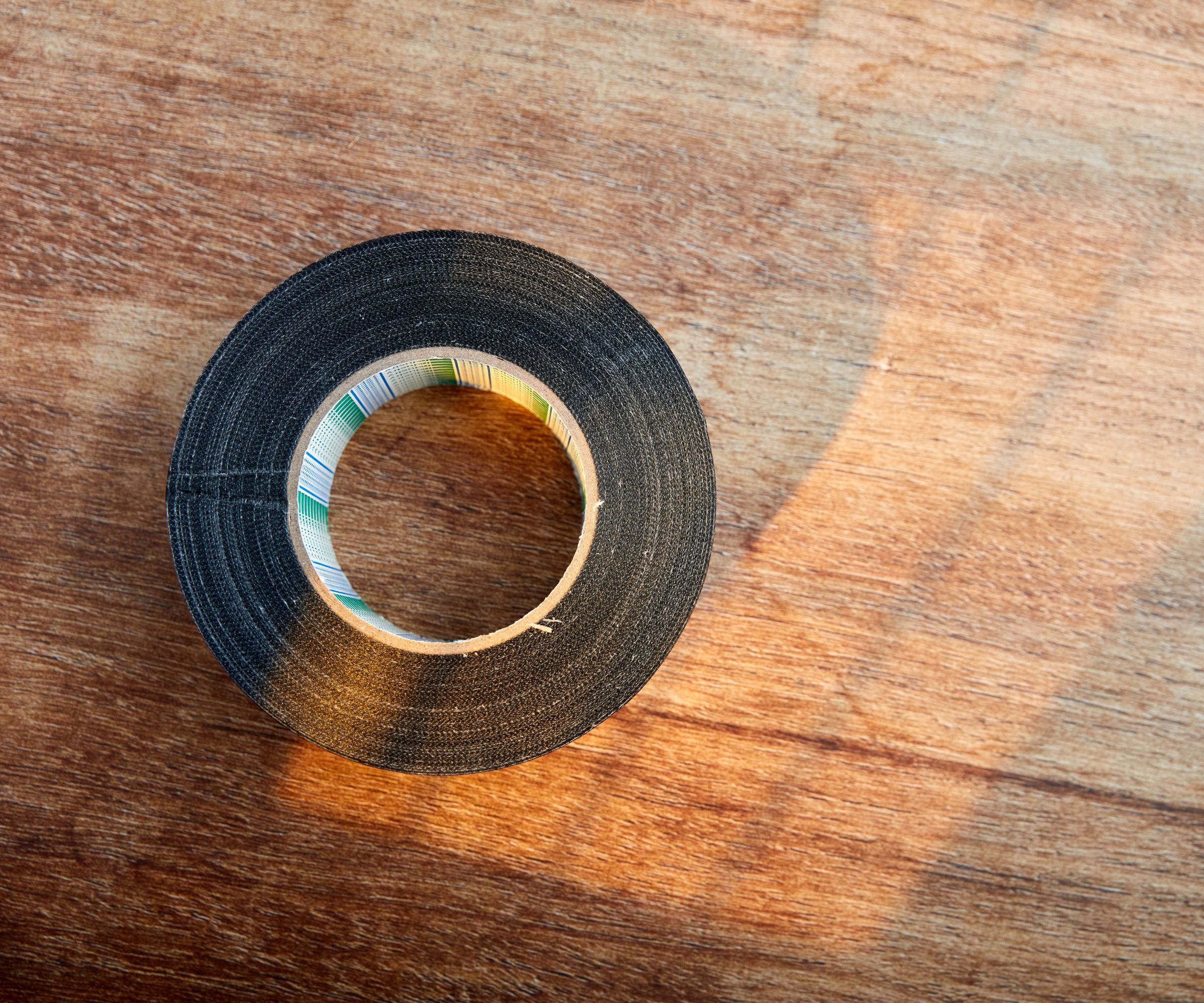
Standard household tape is not too different from the pre-made sticky roller replacements you can buy for commercial lint rollers, so works great when you're caught in a pinch and need to get out of the door. There are two methods you can use to remove lint from clothes with tape.
‘Use clear tape to remove lint by pressing it onto the affected area and then peeling it away,’ suggests Andrii Gurskyi, co-founder of HomeClean. ‘It is best to do this when the garment is laying flat and using the tape a little like a waxing strip. This also works for light lint deposits when cleaning upholstery.’
Alternatively, if you are already wearing the item, wrap the tape around your hand so that the sticky side is facing outwards, and run your hands along the fabric, collecting loose fibers, lint balls, and hair as you go.

Andrii is a serial Entrepreneur who runs two of the most successful home services companies in New York and Miami areas Mr. Glazier and HomeClean.
3. A razor

Although it might sound risky, a safety razor like you would use to shave, is ideal for loosening stuck on pilling and collecting tangled lint. ‘Simply use a clean, unused razor to shave the lint off the surface of the fabric,’ assures Andrii Gurskyi of HomeClean. ‘The item of clothing should be laid flat on a stable surface first to prevent causing more damage to the garment or yourself.’
Pull the garment taut before lightly brushing the razor over the surface in small, even strokes, stopping to remove any lint build-up carefully from the blade as you go. This is one of the more time-consuming methods, so it should be used as a last resort.
4. Use a dryer sheet to create static electricity
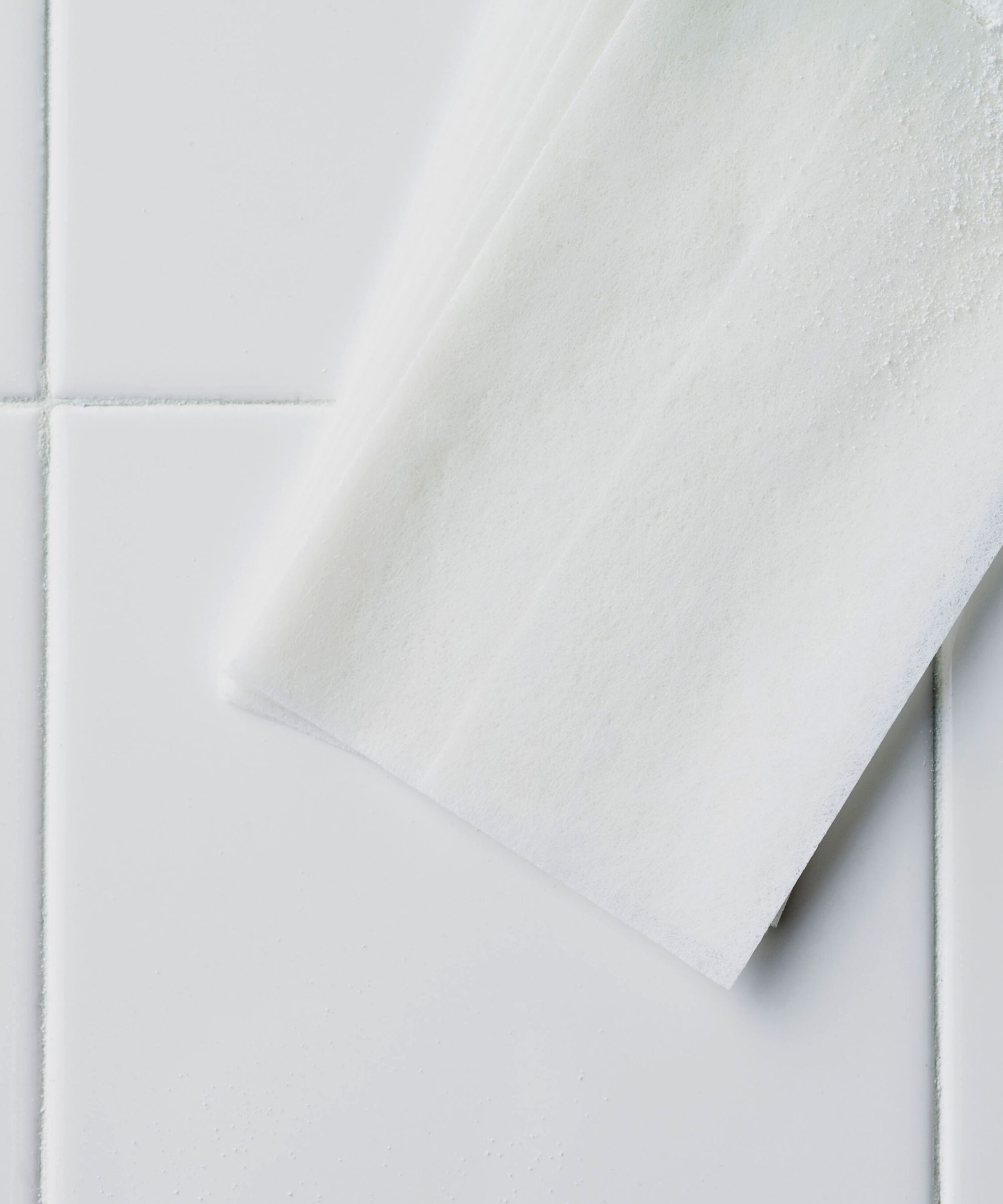
Dryer sheets have a range of household uses beyond your tumble dryer, from removing dust on baseboards to using dryer sheets to clean shower doors. You can also use them to help lift loose lint off of clothing – and you don’t have to put them in the dryer to do so. ‘Create static electricity by rubbing the fabric together or using a dryer sheet to attract the lint and remove it,’ Andrii Gurskyi says. It can also help to freshen up clothes and make them smell nice, too.
5. A motorized fabric shaver
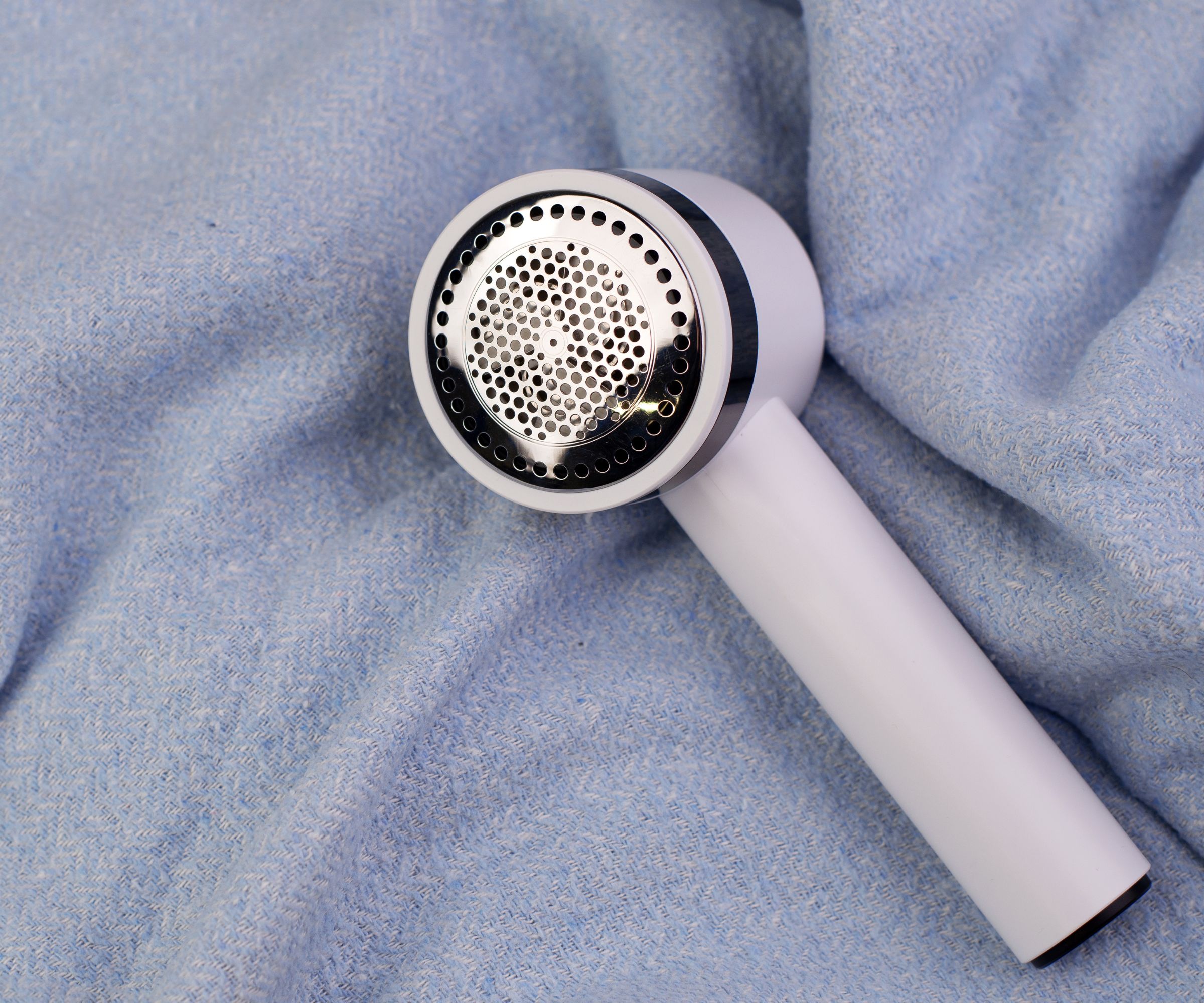
Ideal for covering large areas, fabric shavers, are handy little motorized devices that help to remove both stuck-on pilling and loose lint with ease.
‘Fabric shavers can help quickly de-age your furniture by shaving off superficial signs of wear and tear and can be used to freshen up home textiles, including your pillows and cushions, couches, and blankets, explains Frej Lewenhaupt, CEO and co-founder of Steamery.
Many fabric shavers, like this one from Walmart, have a few different settings too, making them suitable for a range of different fabrics and degrees of lint.
Fabric Lint Shaver | $13.99 at Walmart
This Fabric shaver can easily remove Lint Balls, Pills and Fuzz. With three shave heights, two speeds and three shaving head hole sizes, this handheld device is suitable for most clothing and upholstery.
6. Small, sharp scissors

In dire situations, scissors can be used to cut away stubborn pilling, but this should only be done when no other method has worked, says Andrii Gurskyi of HomeClean. ‘Only cut away the lint using sharp scissors,’ he warns. A small pair of new sharp nail scissors (like these from Walmart) is ideal for maintaining good control over when you snip. Consider only using these scissors for removing stubborn lint and pills to prevent dulling them.
How to prevent pilling on clothing
Although some fabrics are more susceptible to lint and pilling such as those with short fibers like cotton, wool, fleece, and polyester, there are a few ways you can help minimize breakages and reduce how often you have to remove lint from clothes.
1. Always check the care label and wash accordingly

When doing laundry, it can be tempting to ignore laundry symbols to get everything washed quicker, but understanding and listening to these instructions can help you to get the most out of your clothing.
2. Launder clothing inside out
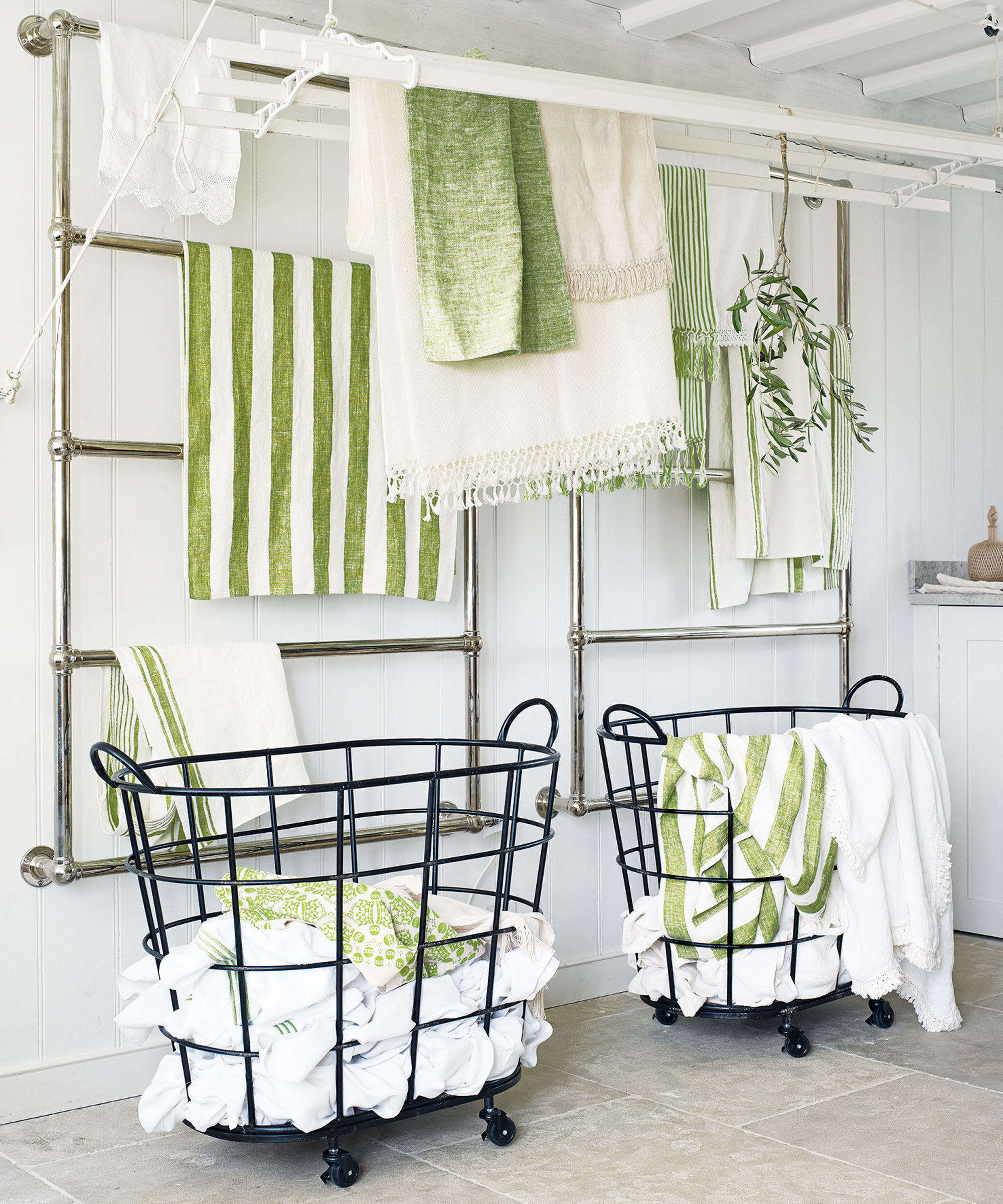
One of the lesser-known laundry rules is to always wash clothing inside out. Not only does this help to protect the visible exterior of the garment from friction that causes fading and pilling, but allows the dirtiest areas to come into contact with the detergent and water first, lifting doors and stains more easily.
3. Launder clothes on a gentle cycle
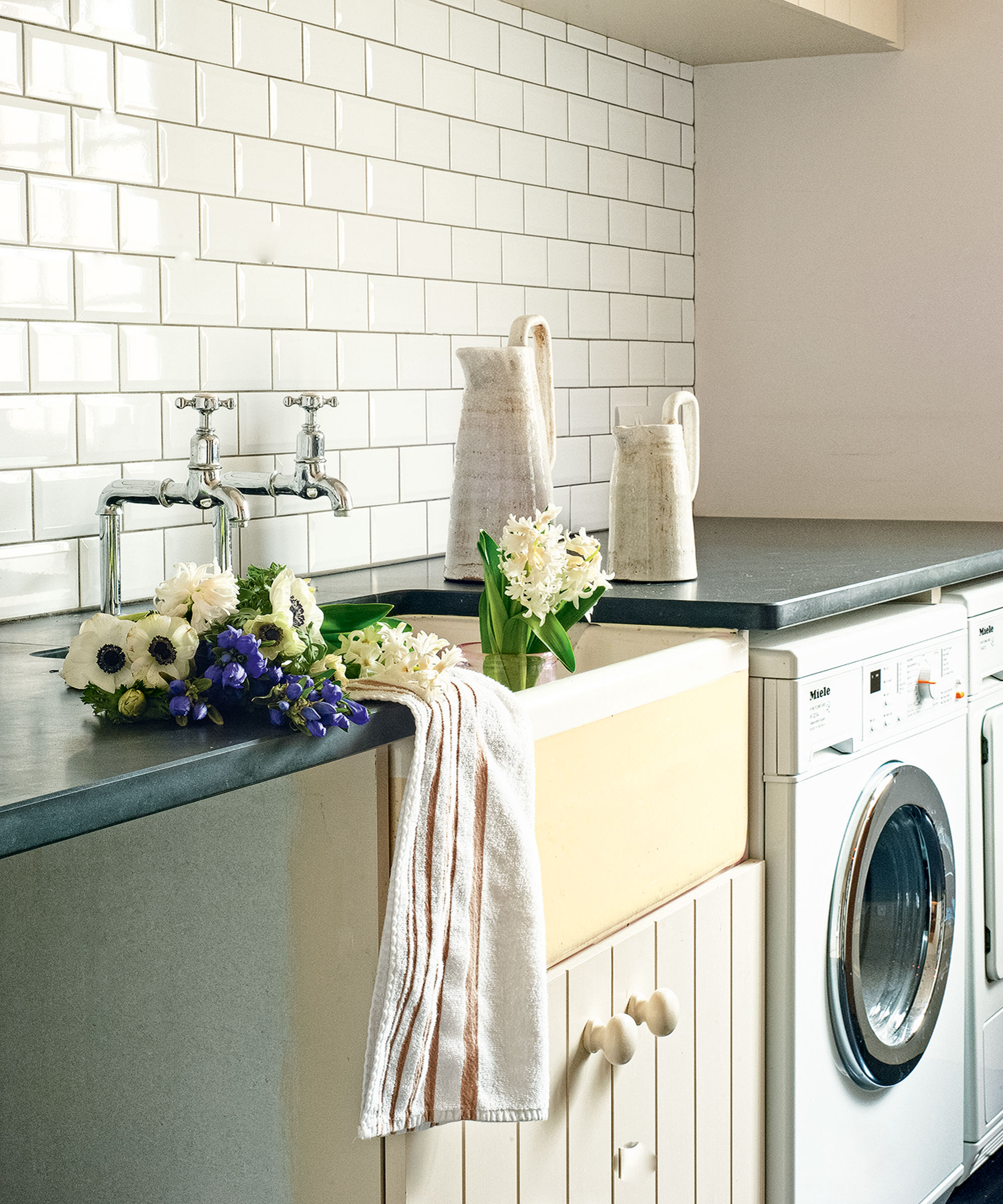
A gentle laundry cycle with a pen enzyme-based detergent and fabric softener can help to relax clothing fibers and prevent pilling and lint by reducing broken fibers. A gentle cycle usually reduces the spin speed and frequency too, preventing fibers from knotting and reducing friction and static. For particularly expensive or luxurious fabrics, for instance, if you're washing cashmere, it may be better to simply wash by hand to allow for an even gentler touch.
4. Air dry clothes wherever possible
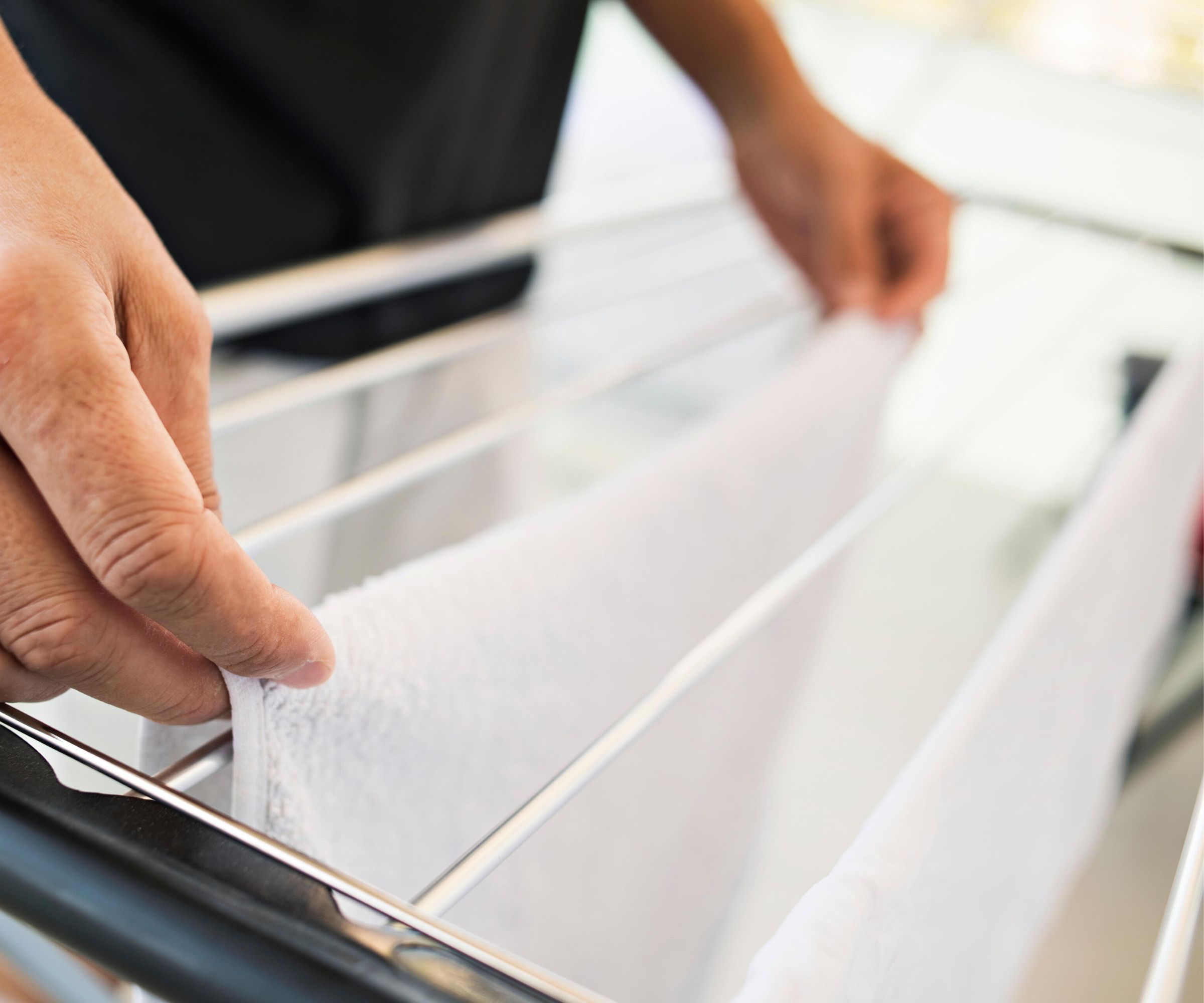
There are lots of things that shouldn’t go in a tumble dryer if you want to keep them looking their best. Air-drying clothes may take longer, but it is highly recommended if you want to keep your garments in top condition for longer.
If you still want to dry clothes quickly, consider investing in a heated airer and the best dehumidifier you can afford to help speed up the process and dry clothes efficiently indoors.
Why do my clothes have lint after washing?
As all clothing is made up of small woven fibers, even newer pieces are susceptible to broken fibers after experiencing the rigors of a washing machine and dryer. Lint and pilling are likely to form wherever there is friction and static, caused by clothing rubbing against each other in the drum of your machine.
Does fabric softener help remove lint?
Adding a fabric softener into your laundry cycle can help to reduce static in your machine's barrel and relax the fibers in clothing, helping to reduce lint and pilling and remove small pieces of existing loose lint from clothing in the process. The most effective way to remove lint and stuck-on pilling, however, is with a brush.

Chiana has been at Homes & Gardens for two years and is our resident 'queen' of non-toxic living. She spends most of her time producing content for the Solved section of the website, helping readers get the most out of their homes through clever decluttering, cleaning, and tidying tips. She was named one of Fixr's top home improvement journalists in 2024.
